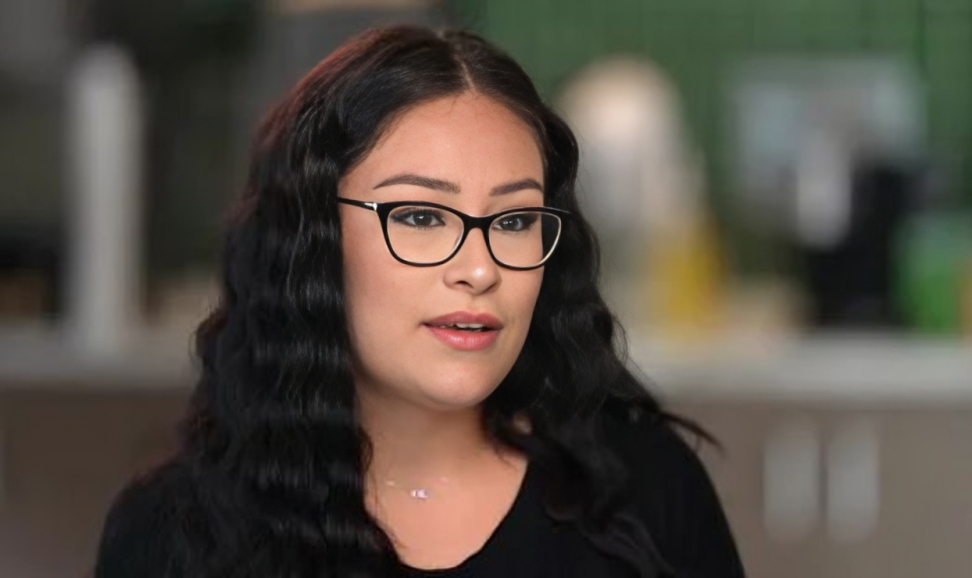- 13:25UN Chief Highlights Morocco's Sahara Initiative for Sahel Economic Integration
- 13:15Kamala Harris Targets Disenchanted Republicans in Key Battleground States Ahead of Election
- 13:00Morocco Bolsters Maritime Influence with IMO Council Vice-Presidency
- 12:45King Charles III's Australian Visit: A Royal Encounter Amidst Growing Republican Sentiments
- 12:25Moroccan Buyers Surge to Second Place in Spanish Property Market
- 12:05Kamala Harris Highlights Trump's Campaign Fatigue in New Attack Ad
- 11:40Stellantis Shifts Gears: Morocco's Automotive Boom Raises Questions for European Manufacturing
- 11:25Elon Musk Increases Financial Incentive for Petition Supporting Constitutional Rights
- 11:15Morocco's Human Rights Council Pushes for Enhanced Protections in Strike Legislation
Follow us on Facebook
Saving Lifelines: How a Texas Hospital is Pioneering Life-Saving Measures for Placenta Accreta
In the realm of high-risk pregnancies, few conditions strike as much fear as placenta accreta, a potentially fatal complication where the placenta refuses to detach from the uterus, resulting in massive hemorrhaging. At the University Hospital in San Antonio, Texas, a groundbreaking approach is redefining the battle against this formidable foe, offering a beacon of hope for expectant mothers facing this life-threatening challenge.
Bianca Chavarria's harrowing experience serves as a testament to the urgent need for specialized care in such cases. At 20 years old and pregnant with her second child, she knew something was amiss – the baby felt unusually heavy, and the pressure in her abdomen was unlike her first pregnancy. Despite her doctors' reassurances, Chavarria's relentless research unveiled the grim reality of placenta accreta, a condition that claims the lives of 7 out of every 100 women it afflicts.

Chavarria's journey took an even more precarious turn when her local hospital admitted it lacked the necessary blood supply to treat her condition effectively. With time running out, she was promptly transferred to the University Hospital, where her placenta accreta diagnosis was swiftly confirmed. Mere days later, in October 2021, Chavarria gave birth to a healthy baby boy, but not without enduring a harrowing ordeal of massive blood loss.
"The amount of blood that we used just for Bianca's case, a lot of hospitals don't carry that much blood in the entire hospital," remarked Dr. Caitlin Martin, co-director of the placenta accreta program at University Health.
The San Antonio medical center has emerged as a trailblazer in treating placenta accreta spectrum, thanks in part to its innovative blood program. Approximately six years ago, the city launched a pioneering initiative to make whole blood readily available on rescue vehicles and in its trauma centers. Numerous studies have proven that whole blood, which is not broken down into components after donation, is the most effective treatment for life-threatening bleeding.
University Hospital's strategic advantage lies in its on-site blood bank and transfusion center, crucial in combating a condition that results in catastrophic blood loss. "These cases, unfortunately, it's almost always a question of life or death," Martin solemnly affirmed.
The city's whole blood program was spearheaded by retired Air Force trauma surgeon Donald Jenkins, who is part of a coalition of former military medical professionals determined to bring the life-saving benefits of whole blood to civilian populations. "The thing that really gets me is how you can do this in a tent in the desert, and we claim we can't do it in the cities of the United States," Jenkins passionately stated. "That doesn't wash."
The system, widely regarded as a model for the nation, hinges on meticulous coordination among the local blood bank, emergency responders, and the hospital itself.
However, the University Hospital's approach to treating placenta accreta patients extends far beyond maintaining a readily available supply of whole blood. It employs a specialized unit comprising OB-GYNs, gynecological oncologists, trauma surgeons, and other experts who approach each case from every conceivable angle. This multidisciplinary team convenes weekly to discuss upcoming placenta accreta cases and devise individualized plans for each patient.
"Our team looks at the images," explained Dr. Patrick Ramsey, chief of the hospital's Maternal-Fetal Medicine division. "Our surgical teams are all present. Our high-risk obstetric teams are all present. Our baby doctor teams are all there. We're all going to talk about how we're going to coordinate that delivery to make it happen in the safest way possible."
The hospital's focus on placenta accreta began a decade ago when doctors recognized the condition was causing life-threatening blood loss at an alarming rate. While once a rarity, occurring in 1 in several thousand women, it now affects 1 in 300 to 1 in 500 expectant mothers. Ramsey and his colleagues responded by creating the specialized unit to tackle these high-risk cases, fortuitously coinciding with the implementation of San Antonio's whole blood program.
"The comprehensive teams are critically important," Ramsey affirmed. "Having that whole blood available adds that icing on the cake to make things much, much stronger, much, much better, to improve outcomes for moms and babies."
At the heart of this innovative system lies the blood bank, where 20 new donors contribute daily. "On a day-to-day basis, we carry about 100 units between the ambulance service providers, the local trauma center, and what we have in inventory here," said Adrienne Mendoza, CEO of South Texas Blood and Tissue.
The center's rotation program ensures the blood goes to rescue helicopters and ambulances first. If unused, it undergoes rigorous testing before being provided to partner hospitals for trauma cases. "So very little blood gets wasted," Mendoza proudly stated, estimating the figure at less than 1%. "And that's really important to us because the donors' gift is so precious."
Chavarria's recent visit to the hospital, where she introduced her children to the woman who saved her life, was a poignant testament to the impact of this life-saving initiative. As her two-year-old son Draven waved hello and her four-year-old daughter Violet exclaimed her greeting, Chavarria eloquently expressed her profound gratitude: "I feel like I'm sitting next to a superhero right now."

"It's truly a blessing," she added, her voice laced with emotion. "Because I never thought I would ever meet you again, and I wanted to thank you for everything." In a heartwarming embrace, Chavarria held the doctor who had saved her life, a living embodiment of the indomitable spirit that drives the University Hospital's relentless pursuit of life-saving solutions.
As placenta accreta continues to cast its ominous shadow over high-risk pregnancies, the University Hospital's groundbreaking approach stands as a beacon of hope, a testament to the power of innovation, collaboration, and unwavering dedication to saving lives – one mother, one child at a time.



